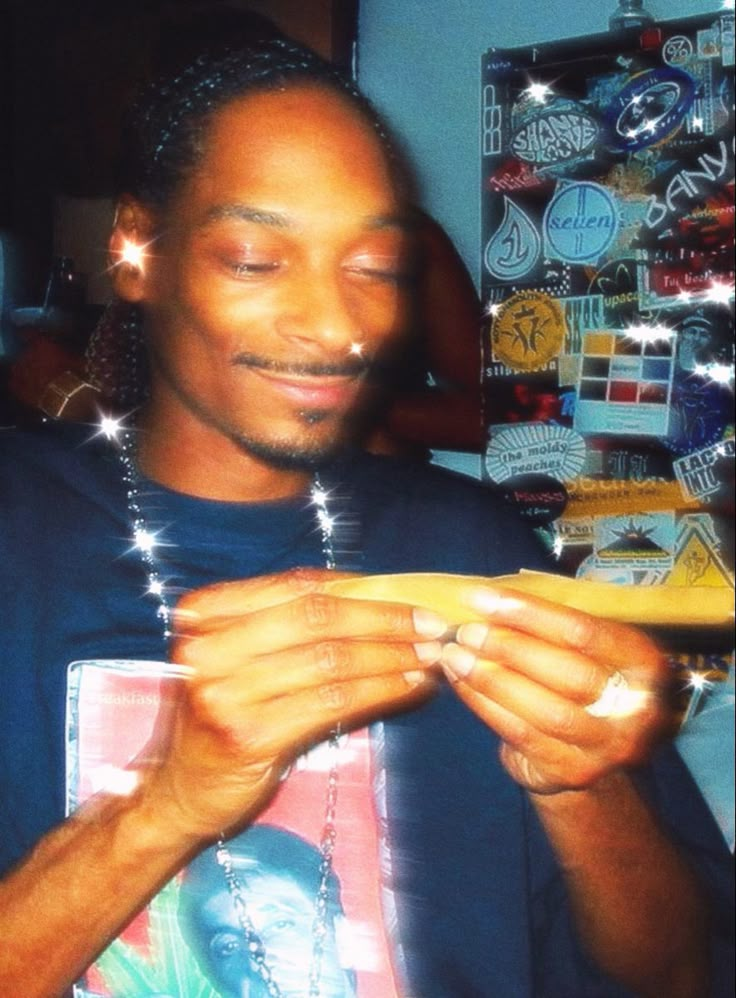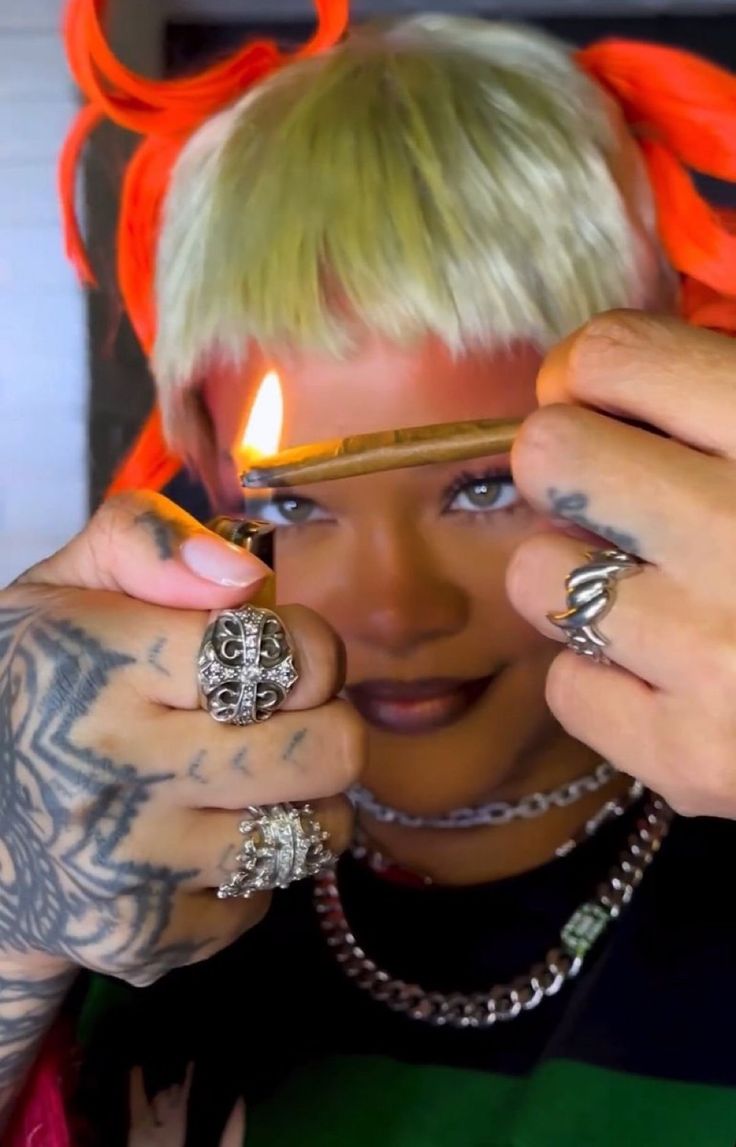by / Jenny Stockton
Once upon a time, weed was the whisper behind the riff. A scent lingering in rehearsal spaces. A defiant nod passed between artists and outsiders. In the ‘70s, even hinting at lighting up could brand you a rebel—or worse, a risk. Hendrix didn’t ask for permission. Marley made it sacred. And The Beatles? Let’s just say Lucy wasn’t in the sky alone. But even then, it was coded language and veiled metaphors. A secret handshake in smoke rings.
Now? Weed isn’t just welcome—it’s the headliner.
Puff, Pass, Press Play: The Soundtrack to a Shift

The relationship between music and marijuana isn’t new—it’s generational. Decades of artists turned to weed for clarity, calm, or creative chaos, even as society painted it with shadows. The war on drugs cast weed lovers as slackers or threats. But the music never cared. It kept smoking, writing, playing.
Then came hip-hop—and everything shifted.
In the ‘90s, artists like Cypress Hill and Snoop Dogg didn’t just normalize weed—they glamorized it. It wasn’t in the background anymore. It was the vibe, the voice, the lifestyle. Weed became both muse and message. And fans? They were all in.
From Smoke to Stock: Weed as the New Merch
Today, weed isn’t just part of the story—it’s the business plan.
From Berner’s Cookies empire to Jay-Z’s Monogram luxury line, artists are launching strains like they’re dropping mixtapes. Wiz Khalifa turned his identity into a weed brand with cult status. Even seed companies like Fast Buds are cultivating more than just plants—they’re growing culture.
The line between album rollout and weed collab is blurry by design. New generation, new aesthetic: hazy visuals, neon backdrops, lofi vibes, and vintage bongs on Instagram feeds. Weed isn’t just cool—it’s curated.
Weed Is the Moment. The Mood. The Movement.

The rise of weed-themed festivals, 4/20 concerts, and cannabis-friendly events isn’t a fluke—it’s a reflection. At Coachella, weed floats through the crowd as freely as glitter. Artists spark up onstage, and fans cheer like it’s part of the setlist. Gone are the days of hiding blunts backstage. Now, it’s content. It’s ritual. It’s branding.
And Gen Z? They don’t just accept it—they aestheticize it. Weed is less rebellion and more self-expression. Less escape and more identity.
A New Genre of High
What’s most fascinating isn’t just the smoke—it’s the sound. Genres like chillhop, cloud rap, and psychedelic trap drip with hazy influence. Slowed-down tempos, woozy beats, dreamlike vocals—it’s a contact high for your playlist. For many rising artists, weed doesn’t just help the process—it is the process.
It’s in the cadence. In the color palettes. In the album art. And if you’ve ever hit play on a SoundCloud tape at midnight and floated away, you already know.
From Seed to Sound

This isn’t about stoner stereotypes. It’s about cultural resonance. Weed has evolved—from contraband to catalyst, from taboo to tool. It’s rewriting what authenticity sounds like. It’s driving aesthetics, launching businesses, and softening the edges of sound.
For artists and audiences alike, weed is more than a plant—it’s a pulse. A rhythm. A shared language.
And as music keeps shifting, breaking, blooming—so will the high.
